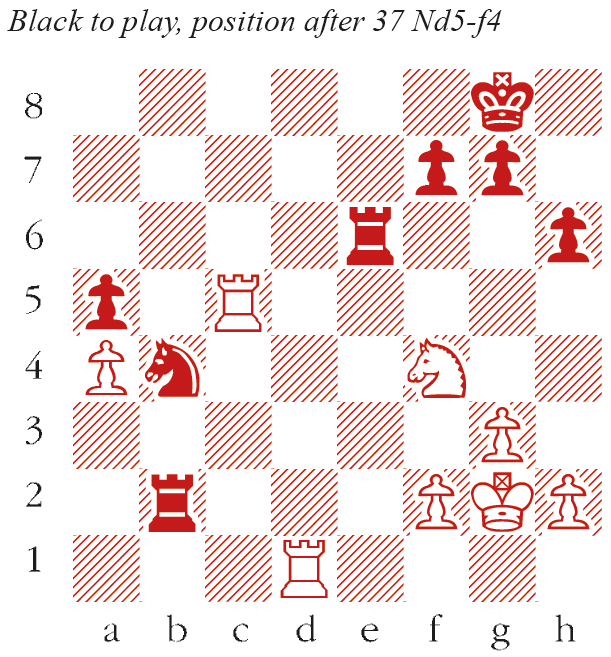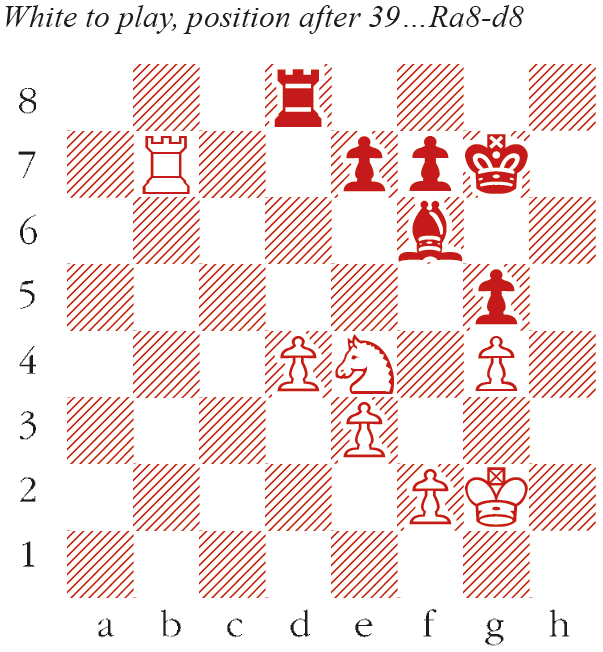
My first round game from the first edition of the London Chess Classic in 2009 remains a vivid memory, not least because it ran for 163 moves and nearly eight hours. (I won!) England’s premier international event returned for its 14th edition in December, having skipped two pandemic years, with new sponsorship from XTX markets, and a new venue at the Emirates Stadium in London. The programme included a dozen separate events, headed by an elite invitational tournament in which the top seeds were the former world championship candidates Shakhriyar Mamedyarov and Vidit Gujrathi. They tied for second place in the final tables, alongside the England team members Michael Adams and Nikita Vitiugov.
The winner, a point ahead of all of them, was Gawain Jones, who completed a magnificent treble, having also won the English Championship in June and the British Championship in August. Winning the London Chess Classic is a career-best tournament victory for Gawain Jones, and all the more remarkable for the adversity in which it was achieved. In 2023, his wife, Sue Maroroa Jones, died from sepsis at the age of 32, just a week after giving birth to their second child.
The position in the first diagram is taken from his win against Adams in the first round. Jones has just played 37 Nd5-f4, hitting the rook on e6. Adams was running short of time, having worked to neutralise Jones’s slight initiative for most of the game. His decision here looks plausible, moving the attacked rook and defending the pawn, but it cost him the game.
Gawain Jones–Michael Adams
London Chess Classic, Emirates Stadium, 2024
37… Ra6? Seeking counterplay with 37…Rc6! would have secured a draw. After 38 Rxa5 Rcc2 39 Rf1 g5, Black’s active pieces are active enough that the extra pawn won’t tell. 38 Rc8+ Kh7 39 Rd7! Most likely, Adams had counted on 39 Rdd8 g6, when 40 Rh8+ Kg7 41 Rdg8+ Kf6 42 Rxh6 Rd6! prepares Rd6-d2. Poking the f7-pawn first is far more effective, for example after 39…f6 40 Rdd8 g5 41 Rd7 is mate. Rc6 40 Rf8 Rf6 In comparison with the variation above, the black king’s escape is sealed off.

41 Rdd8 Black resigns He finished the tournament with some neat technique against the women’s world champion from China.
Gawain Jones–Ju Wenjun
London Chess Classic, Emirates Stadium, 2024

40 Rb5! Instead 40 f4? gxf4 41 g5 would be too hasty. After 41…Bxd4 42 exd4 Rxd4 43 Rxe7 Rd3 White probably cannot win. Kg6 41 Rf5! Now the winning plan is straightforward: d4-d5-d6, followed by Nxf6 exf6 and Rf5-d5 to support the pawn. White will win easily by advancing the king to e4 and waiting for Black to run out of moves. So Black resigns






Comments